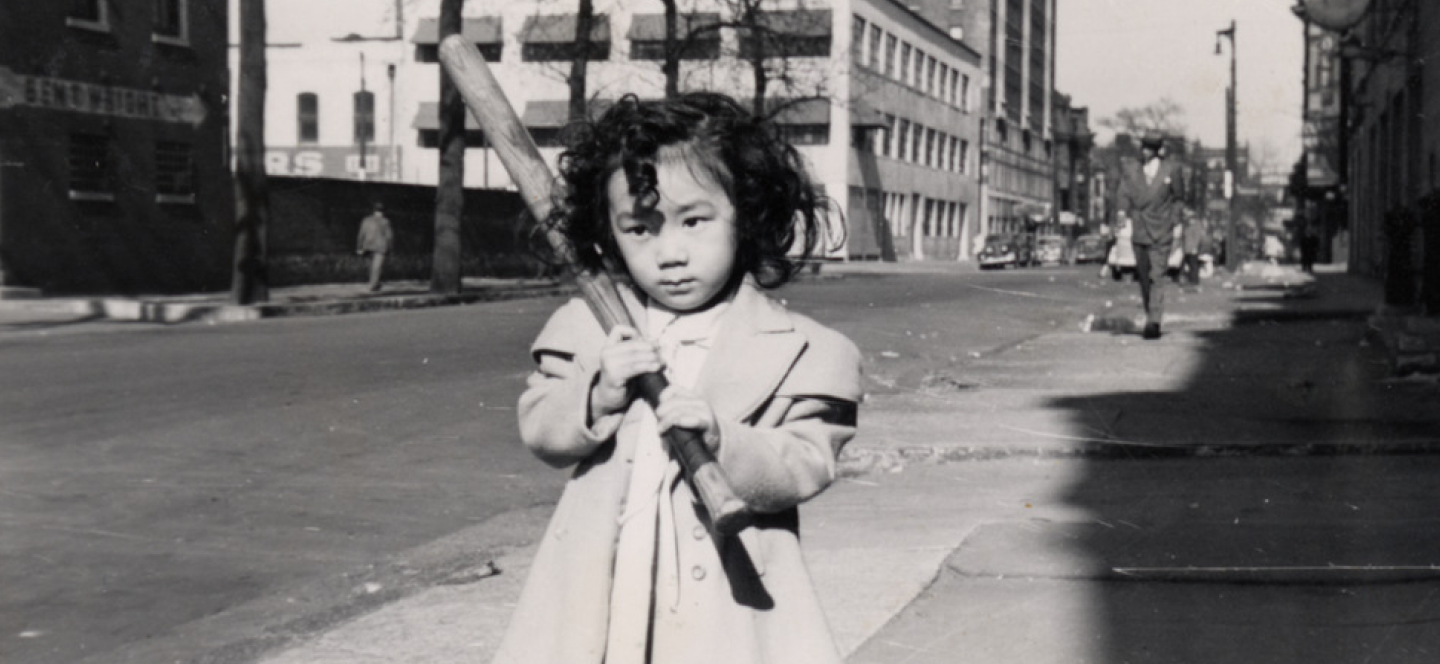Category: hidden histories
View Other Categories
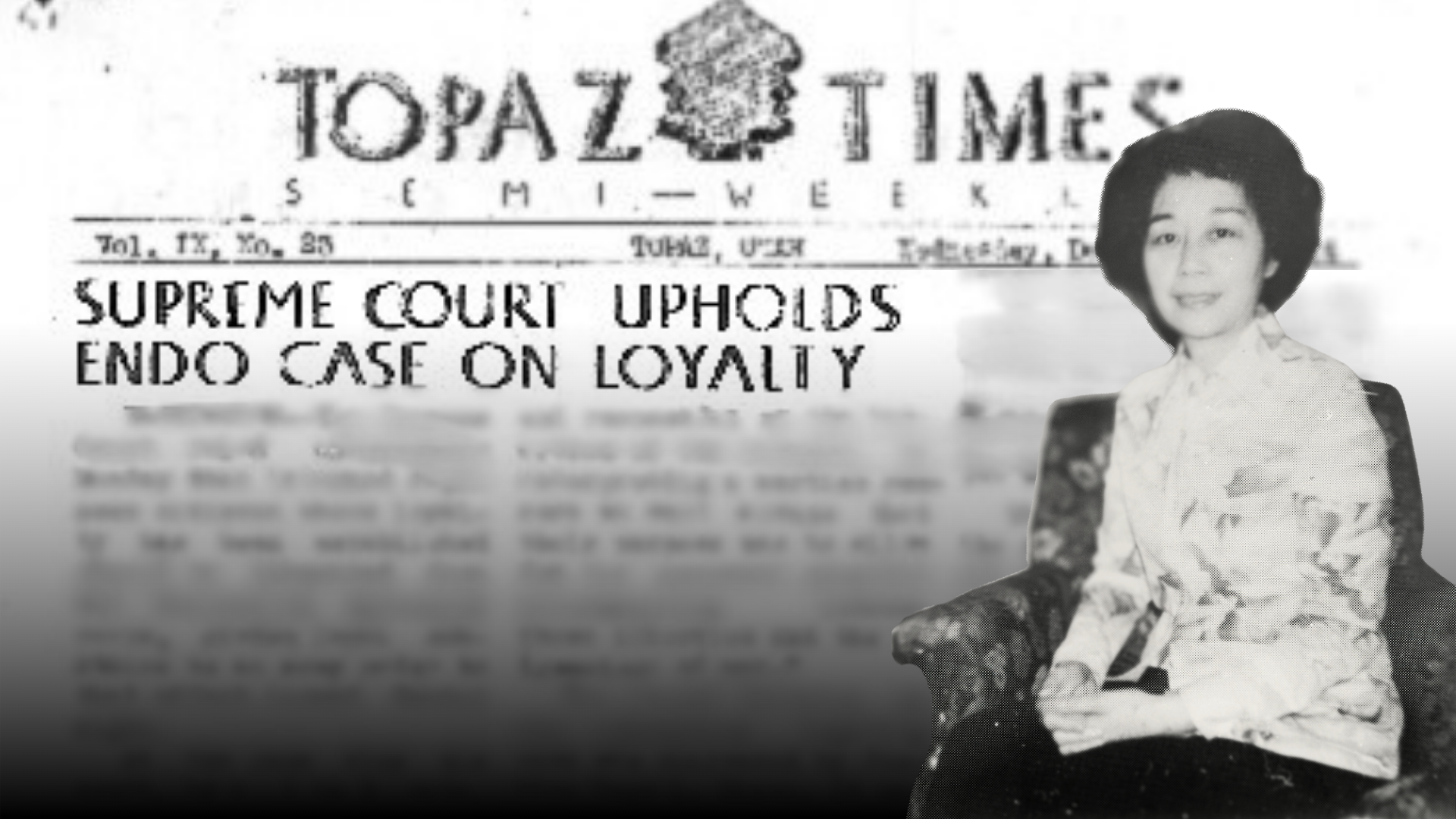
Remembering Mitsuye Endo and the Supreme Court Case That Helped End Incarceration
In honor of the anniversary of the landmark decision Ex Parte Endo, legal scholar and Professor Emerita Lorraine Bannai explores the case and woman who helped bring an end to…
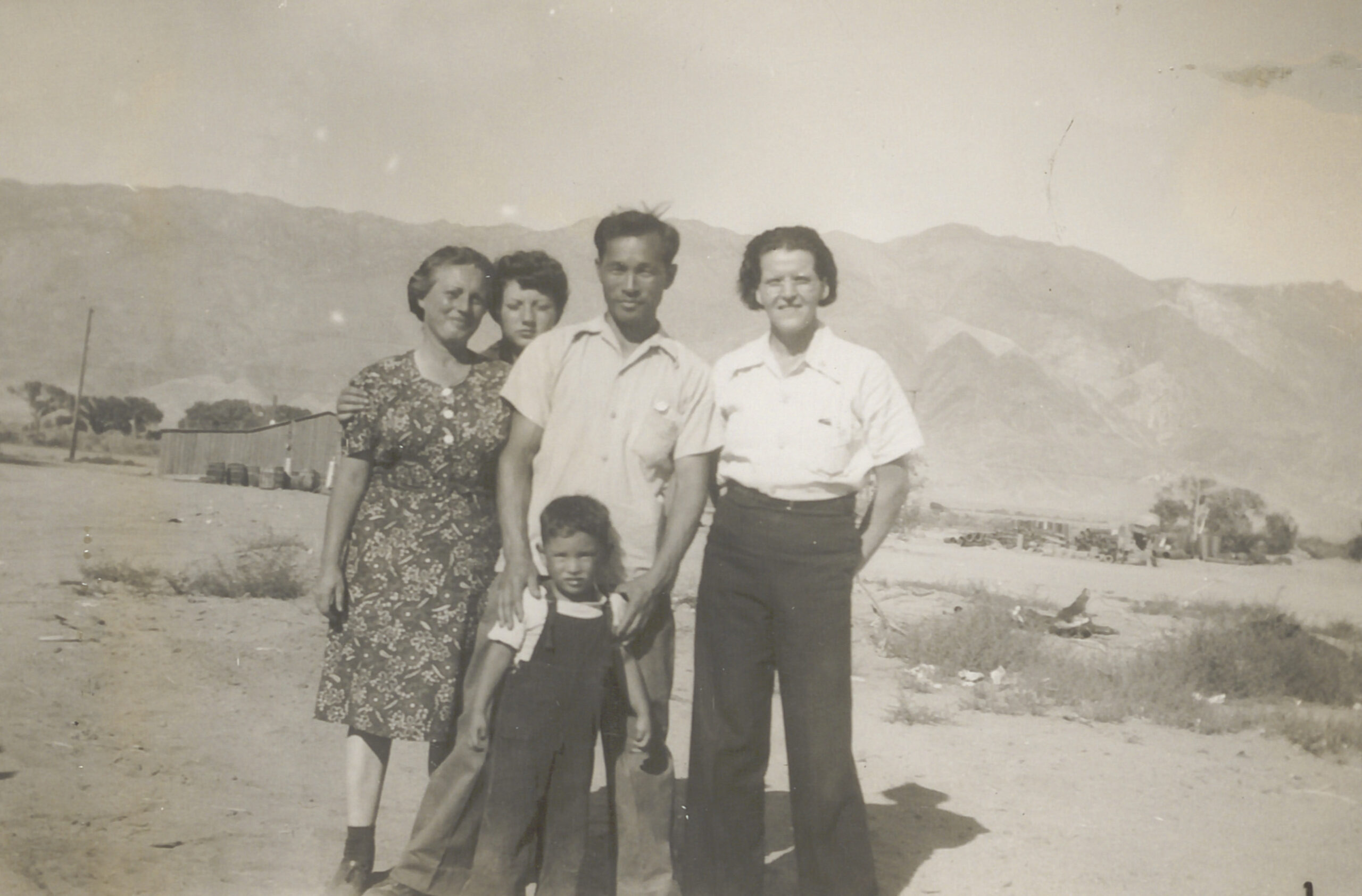
Racial Obsession, Family Separation, and the Mixed Marriage Policy of America’s WWII Concentration Camps
In this excerpt adapted from her new narrative history, Together in Manzanar: The True Story of a Japanese Jewish Family in an American Concentration Camp, Tracy Slater delves into the…
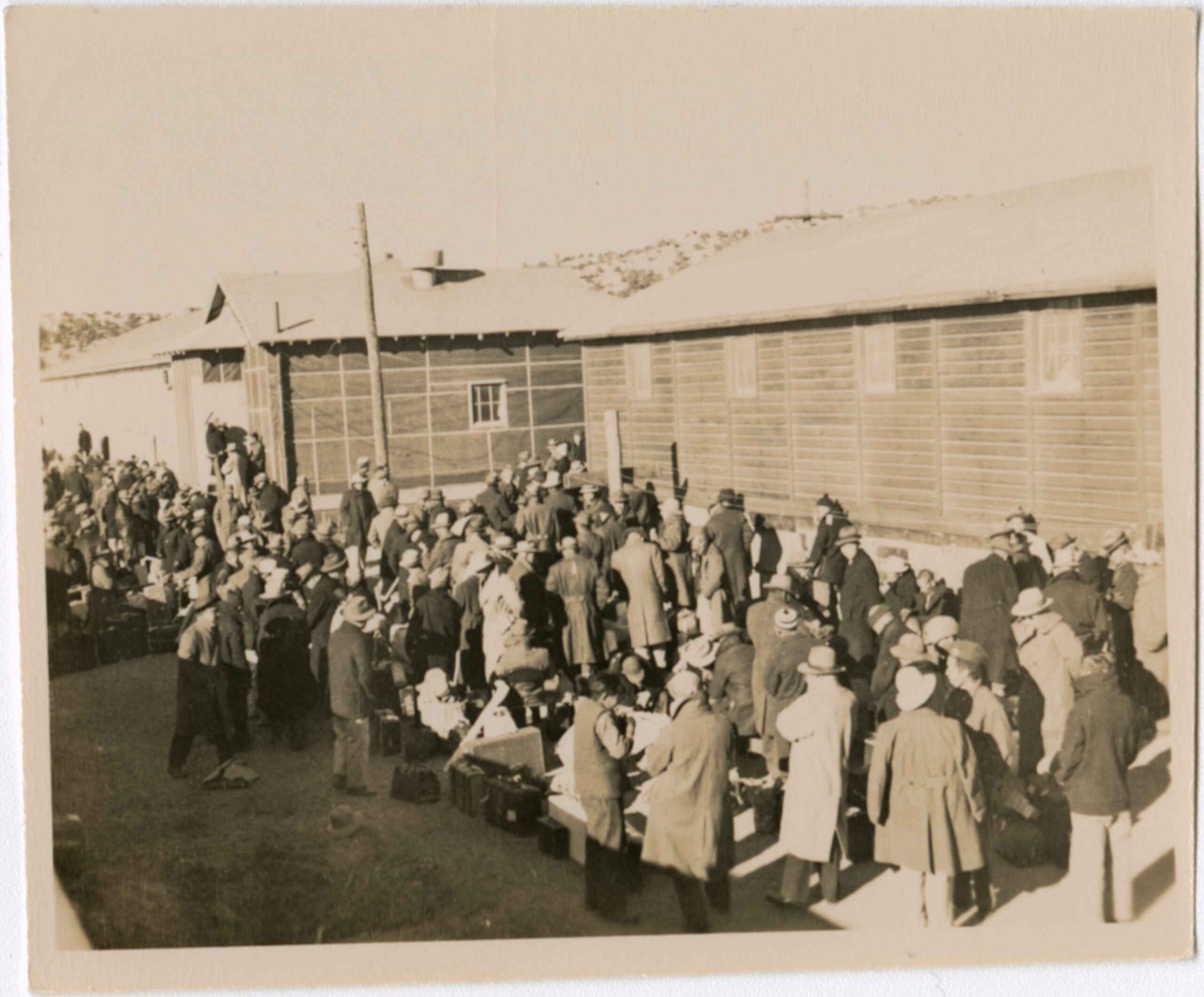
This Is What Detention Under the Alien Enemies Act Looked Like in World War II
Donald Trump’s recent attempt to invoke the Alien Enemies Act has sparked much interest in the roundup and internment of Issei during World War II, the most recent use of…
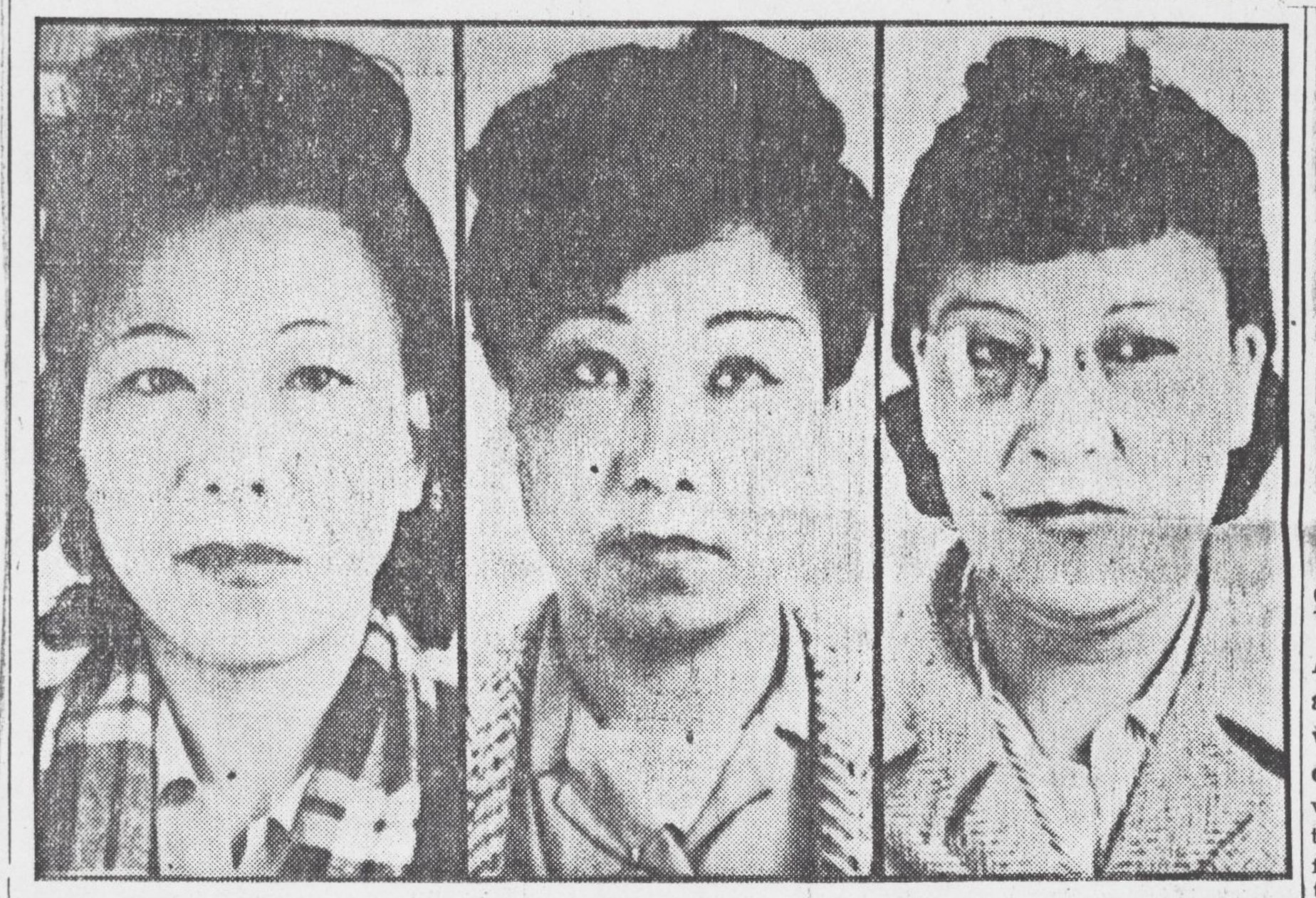
“Little Benedict Arnolds in Skirts”: The Shitara Sisters’ Scandalous WWII Treason Trial
In late 1943, three Japanese American sisters helped two German prisoners of war escape from a southern Colorado POW camp. The men were soon caught and sensationalized stories of “Japanazi…
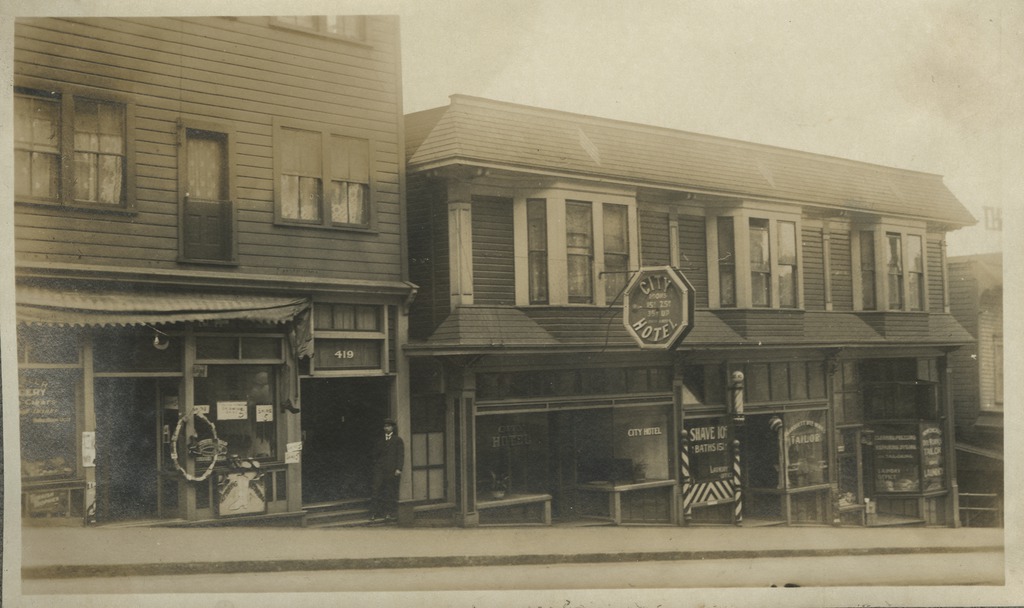
Seattle’s Japantown Was Once Part of a Bustling Red Light District — Until Its “Troublesome” Residents Were Pushed Out
In Seattle from the Margins: Exclusion, Erasure, and the Making of a Pacific Coast City historian Megan Asaka examines the erased histories of the communities who built Seattle. In this…
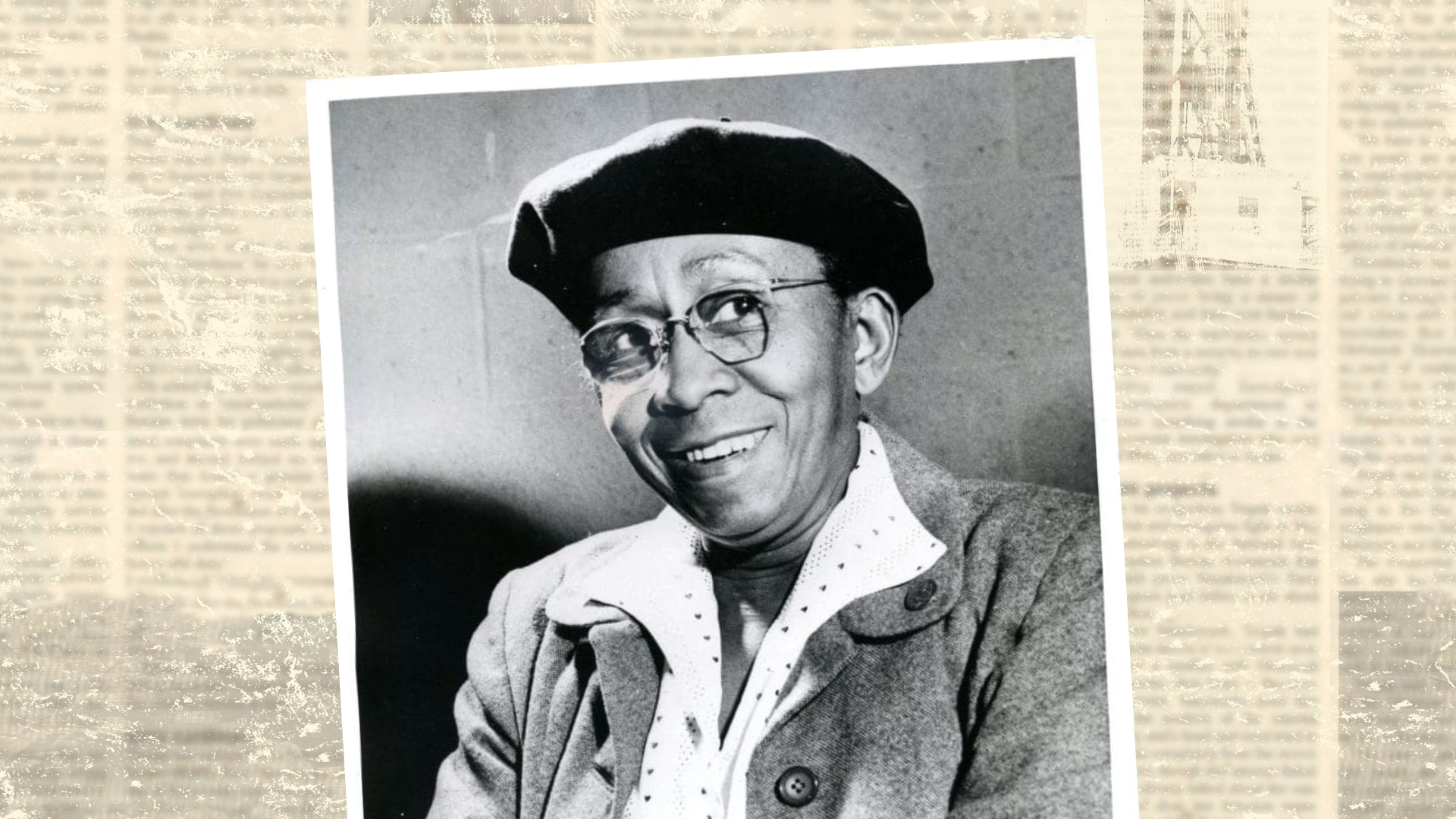
Meet Erna P. Harris: Writer, Dissident, and Ally
Through stories of remarkable people in Japanese American history, The Unknown Great illuminates the diversity of the Nikkei experience from the turn of the twentieth century to the present day….
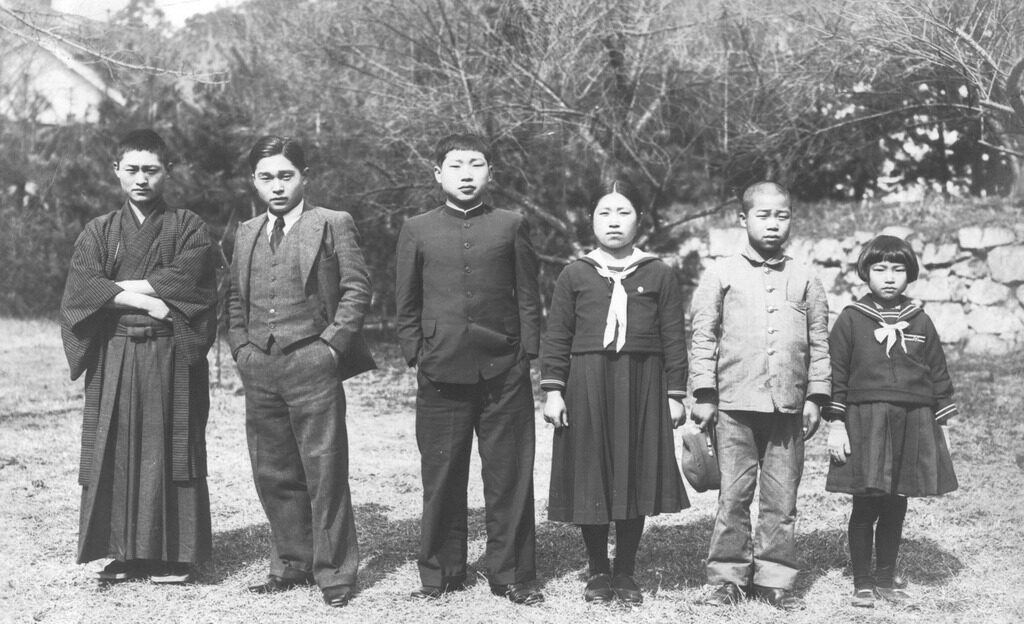
The Kibei Story Is “The Biggest Unexplored Episode In The History Of Japanese Americans.” Here’s Where To Learn More About It.
A recent episode of NPR’s Code Switch explores an often forgotten chapter of Japanese American history: the Kibei story. Kibei were Japanese Americans who were born in the US to…
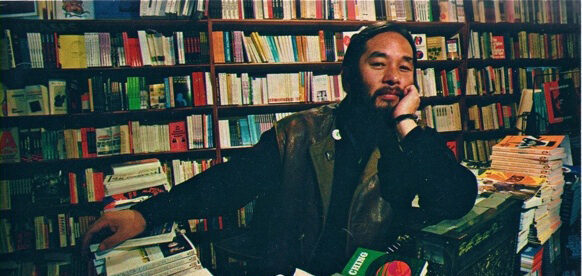
Arrested for Selling Poetry: Shig Murao, Howl, and the Erasure of a Beat Scene Bookslinger
Allen Ginsberg, Jack Kerouac, Lawrence Ferlinghetti are household names among the leftist literati, but you’ve probably never heard the name Shig Murao. You’re not alone. Despite the fact that Shig…
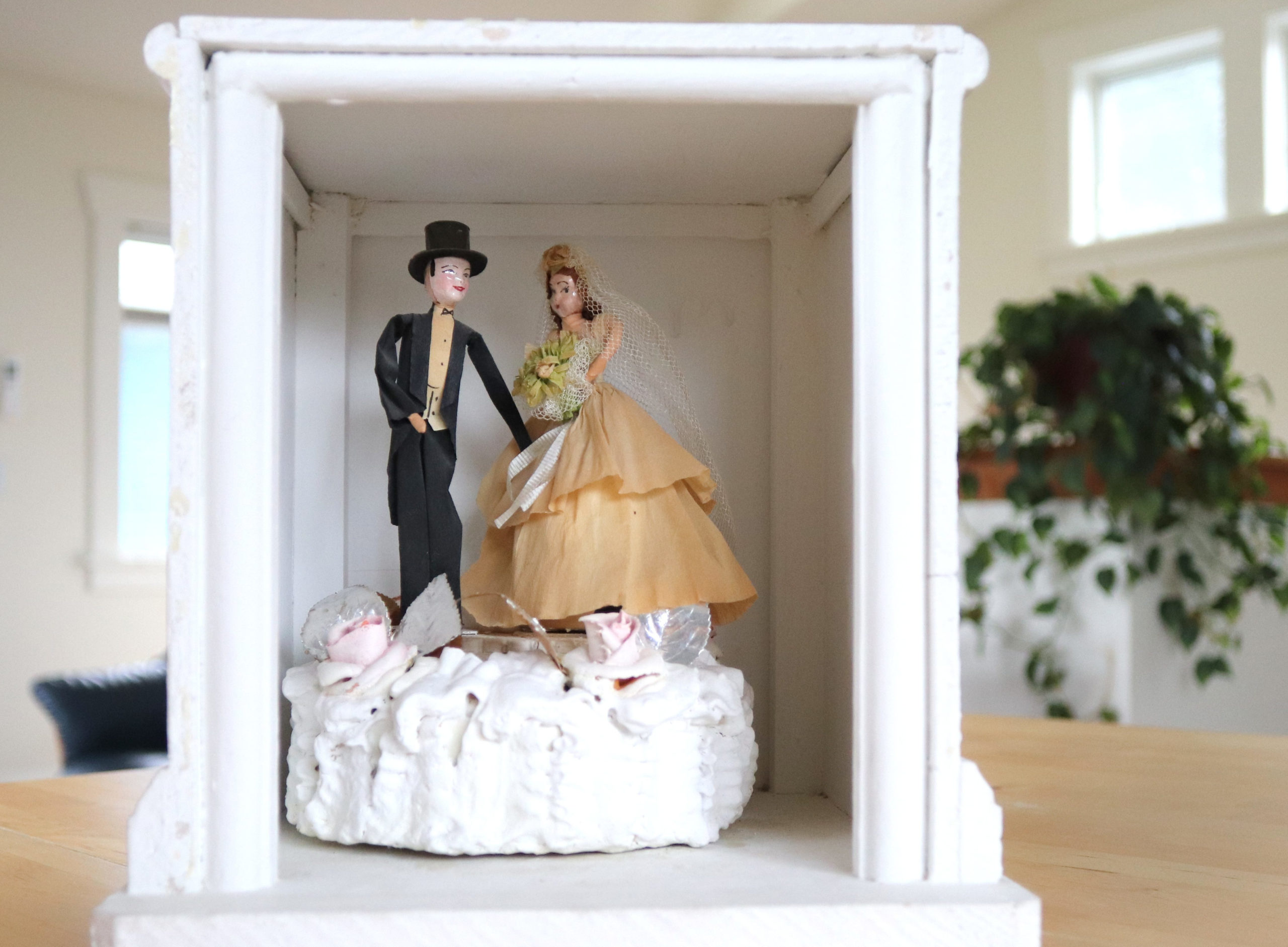
What an 80-year-old cake can tell us about love – and loss – in Japanese American concentration camps
When Frances Nishimura died in 2019 at the age of 102, she left behind a mystery that might never be solved. On a warm spring day in May 2021, Elaine…
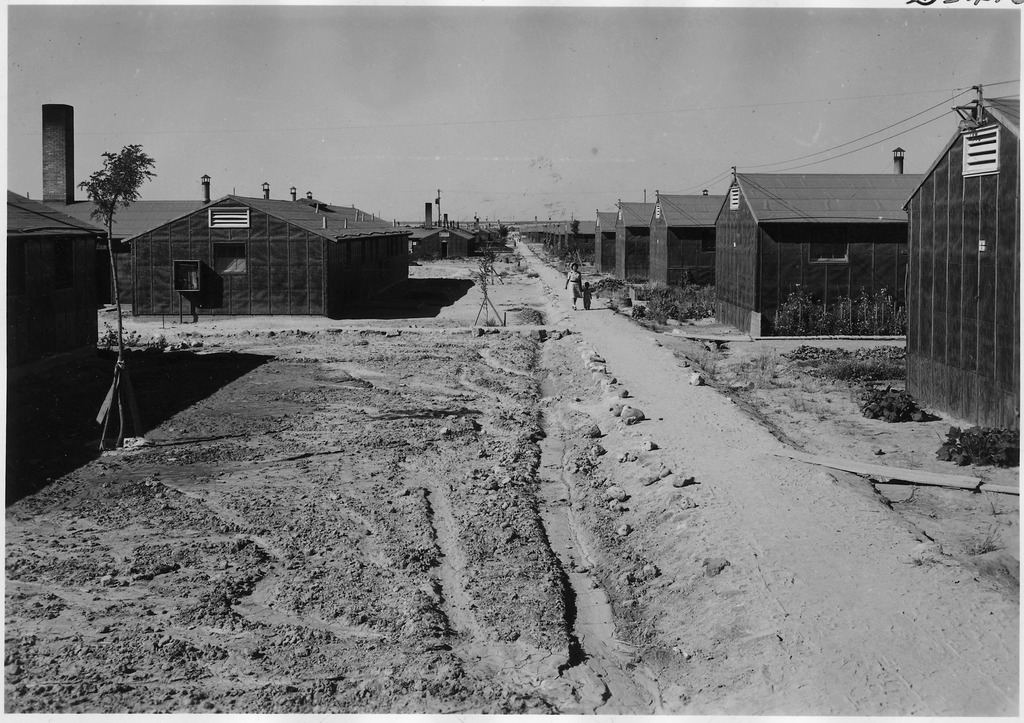
Ask a Historian: How Did Alaska Natives Wind Up Inside Japanese American Concentration Camps?
Brian Niiya delves into the hidden history of a group of Alaska Natives caught up in the WWII incarceration of Japanese Americans in our first “Ask a Historian” entry of…
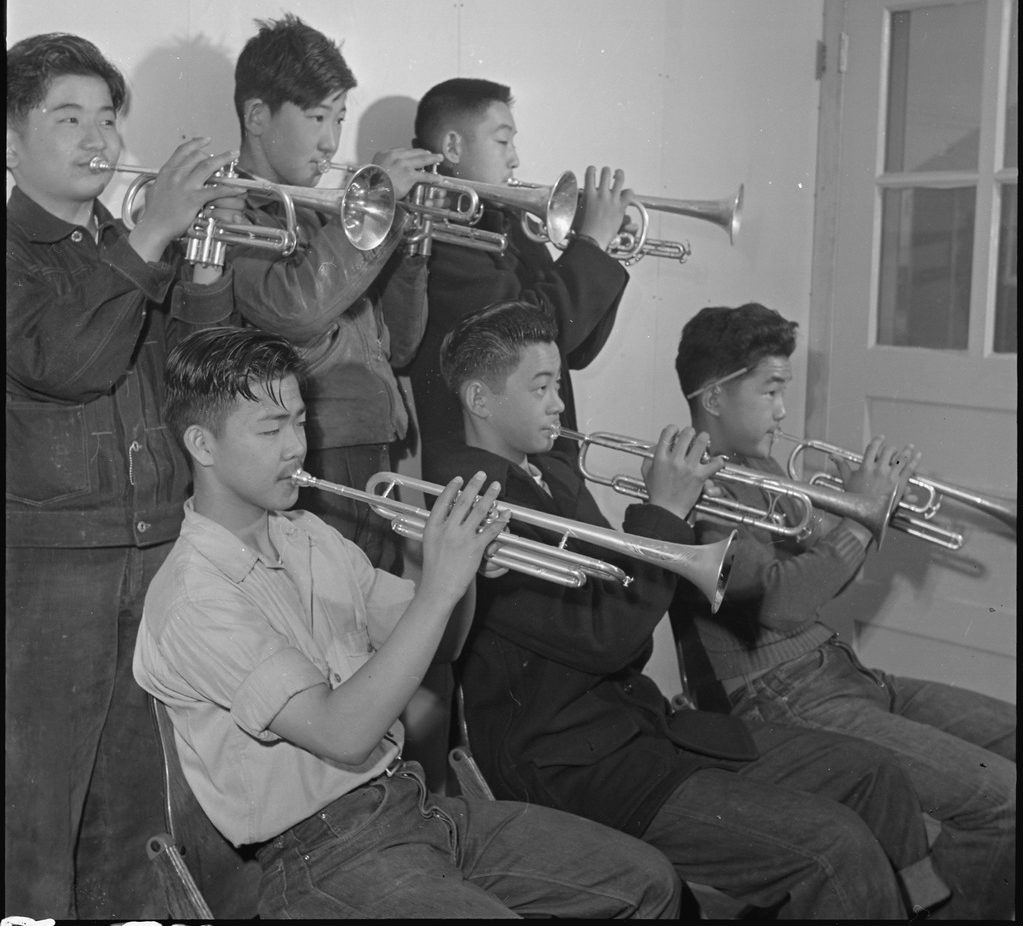
Four Nisei Jazz Stars You’ve Probably Never Heard Of
As the music genre that defined the United States for the first half of the 20th century, jazz had a deep impact on Japanese Americans. For many Nisei, music served…

Photo Essay: Japanese Peruvian Lives Before World War II
During World War II, the United States colluded with several Central and South American nations to imprison some 2,200 Japanese Latin Americans on US soil. The majority—nearly 1,800—were abducted from…
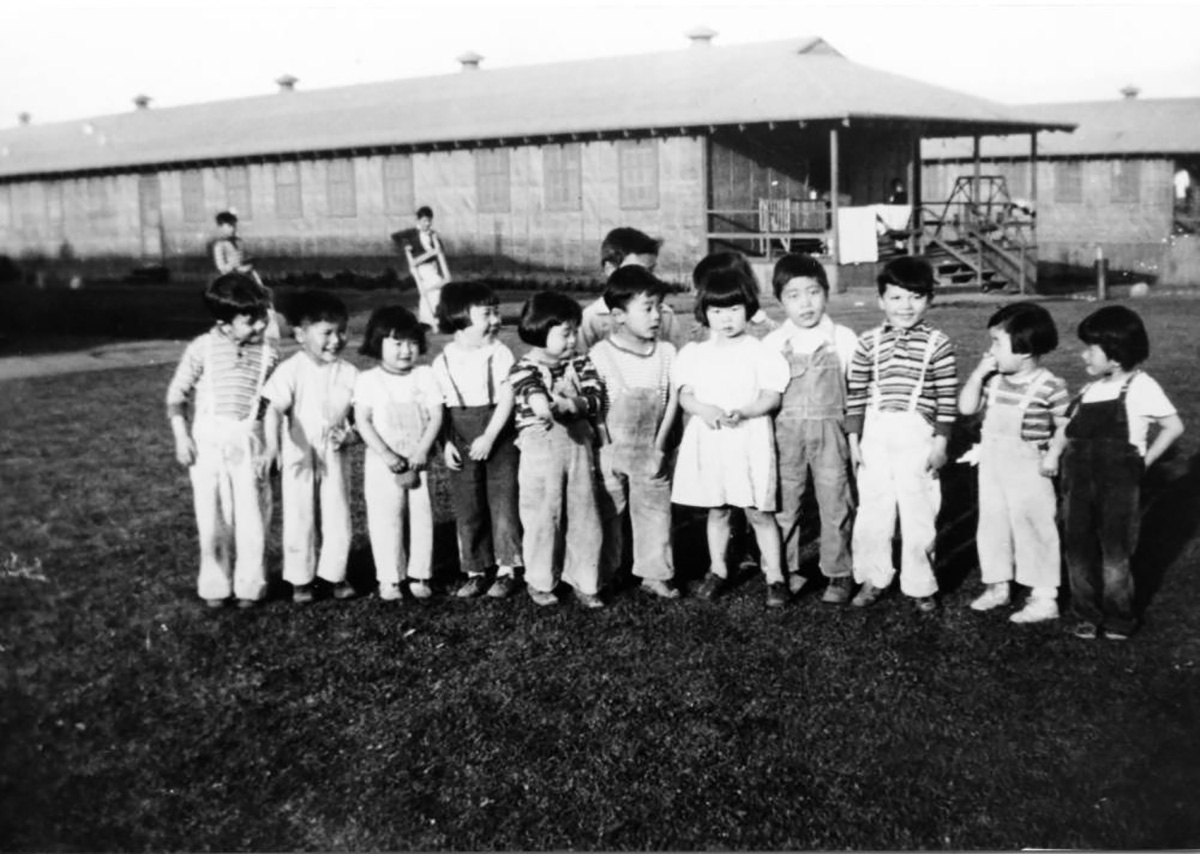
Manzanar Children’s Village: Japanese American Orphans in a WWII Concentration Camp
Kenji Suematsu was living with his parents and siblings in Costa Mesa, California at the outbreak of World War II. His father, an immigrant farmer from Japan, was apprehended by…
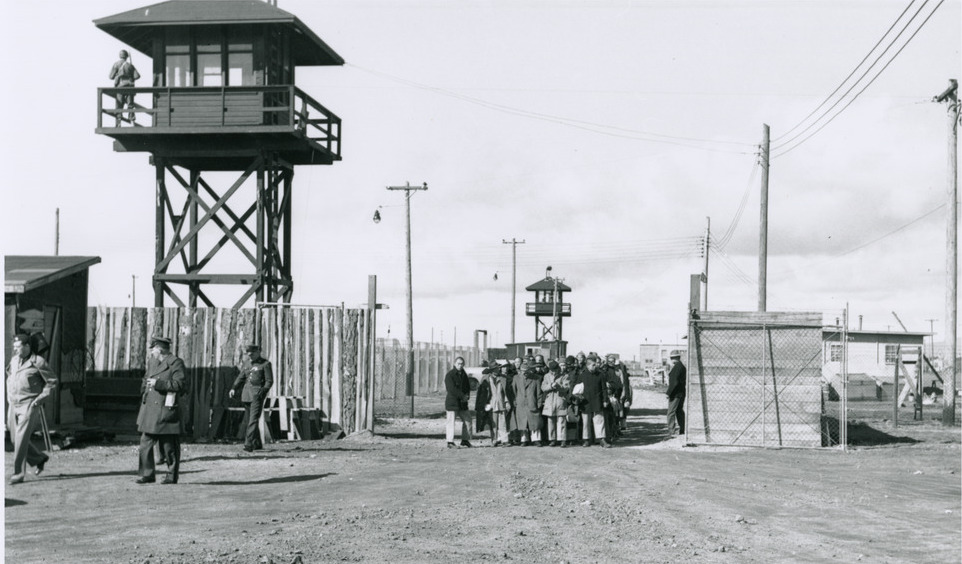
Social Science as a Tool for Surveillance
In the wake of inmate unrest at Poston and Manazanar in the winter of 1942, the War Relocation Authority decided they needed to better understand what they dubbed a “trouble…
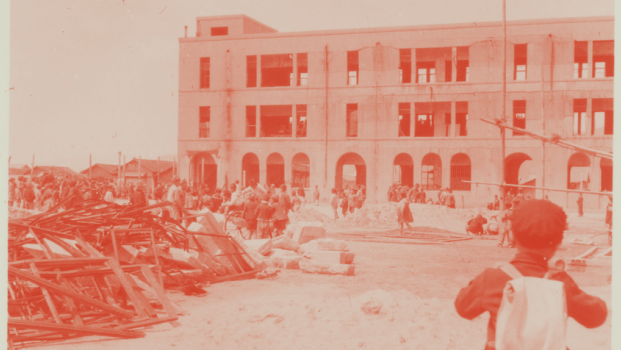
Thousands of Japanese Americans Were in Hiroshima and Nagasaki in 1945. The US Government Still Won’t Recognize Them.
Early in the morning on August 6, 1945, an American warplane cut through the cloudless sky over Hiroshima and dropped a single, devastating bomb, obliterating the hospital directly below the…
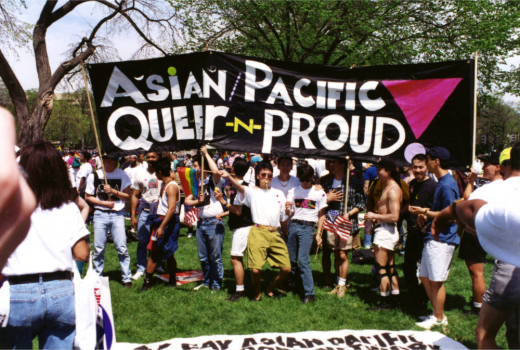
Where to Learn the Queer Asian American History You Absolutely Missed in School
Let’s face it. It’s hard to find queer voices within Asian American history. They’re often erased from both mainstream (read: white) LGBTQ and Asian American narratives — but thanks to…

Issei Mothers Played an Important—and Largely Forgotten—Role in the Japanese American Draft Resistance Movement
The resistance of nearly 300 young men who refused to be drafted into the U.S. military out of U.S. concentration camps has become a prominent part of the Japanese American…
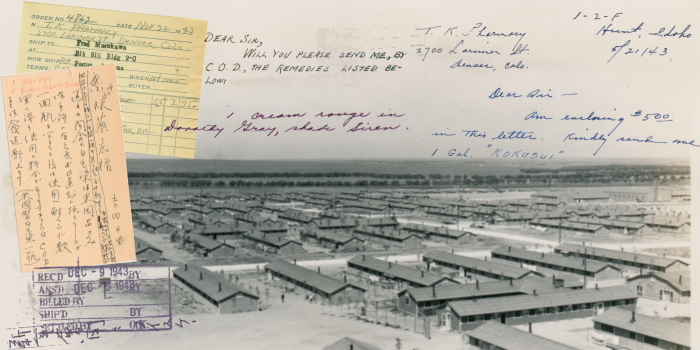
T. K. Pharmacy Was a Lifeline for Incarcerated Japanese Americans during WWII
T. K. Pharmacy was one of few Japanese American businesses that remained open during World War II. Operating out of Denver—outside the so-called “exclusion zone”—it offered a lifeline to Japanese…
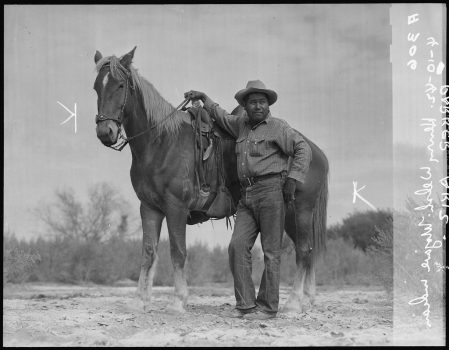
Japanese American Incarceration on Indigenous Lands
Japanese American incarceration, like all of American history, took place on occupied Indigenous land. These threads of displacement, confinement and forced assimilation are rooted in a much larger history of…
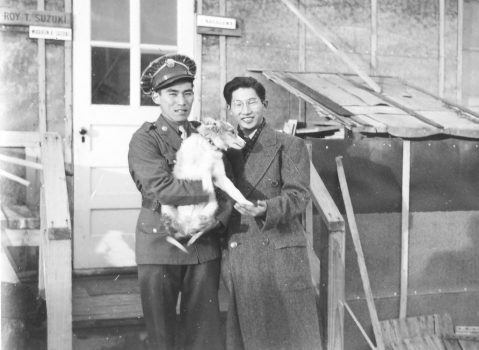
Pets in Camp: Dogs, Cats, Canaries, and “Even a Badger”
It is one of the most poignant—and often told—stories of the WWII roundup and incarceration of Japanese Americans: the wrenching decision that had to be made about a beloved pet…
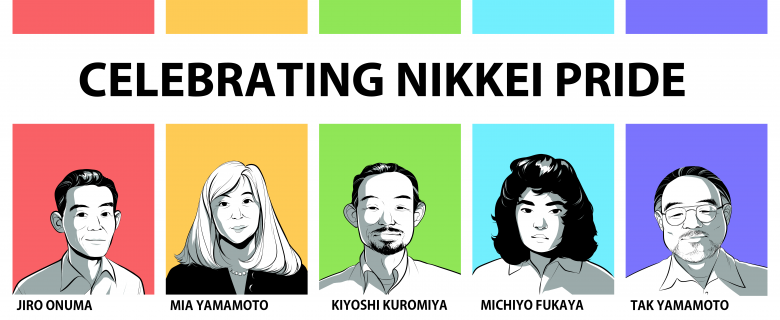
5 Queer Nikkei Ancestors Everyone Should Know About
As we uplift the achievements and ongoing struggles of LGBTQ communities this Pride season—which, friendly reminder, exists because Black trans women rioted against police violence—we want to highlight the stories…
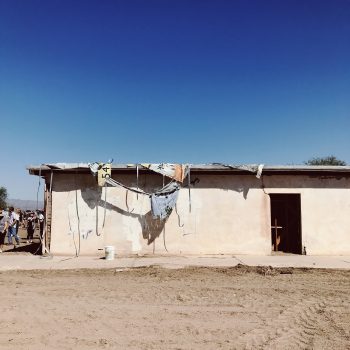
Epidemics in American Concentration Camps: From the “White Plague” to COVID-19
On the afternoon of April 15th, detainees at the Northwest Detention Center in Tacoma, Washington filled the narrow triangle that serves as the facility’s recreation area. In a carefully choreographed…

10 Little Known Facts of Life at Minidoka
Located in Southern Idaho, Minidoka concentration camp opened on August 10, 1942 and held some 13,000 Japanese Americans during World War II. The incarcerees — most of whom hailed from…
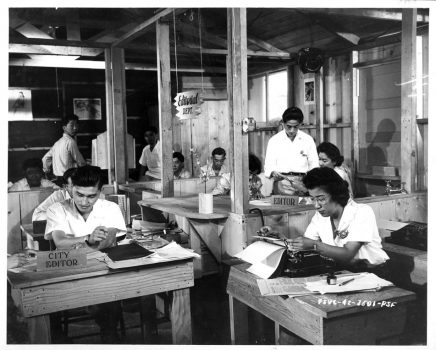
Thieving Guards, Mass Food Poisoning, and Other Facts of Life in Fresno Assembly Center
The Fresno Assembly Center* (FAC) opened on May 6, 1942 and held a total of 5,344 Japanese Americans forcibly removed from the Fresno and Sacramento areas. One of fifteen dedicated…
